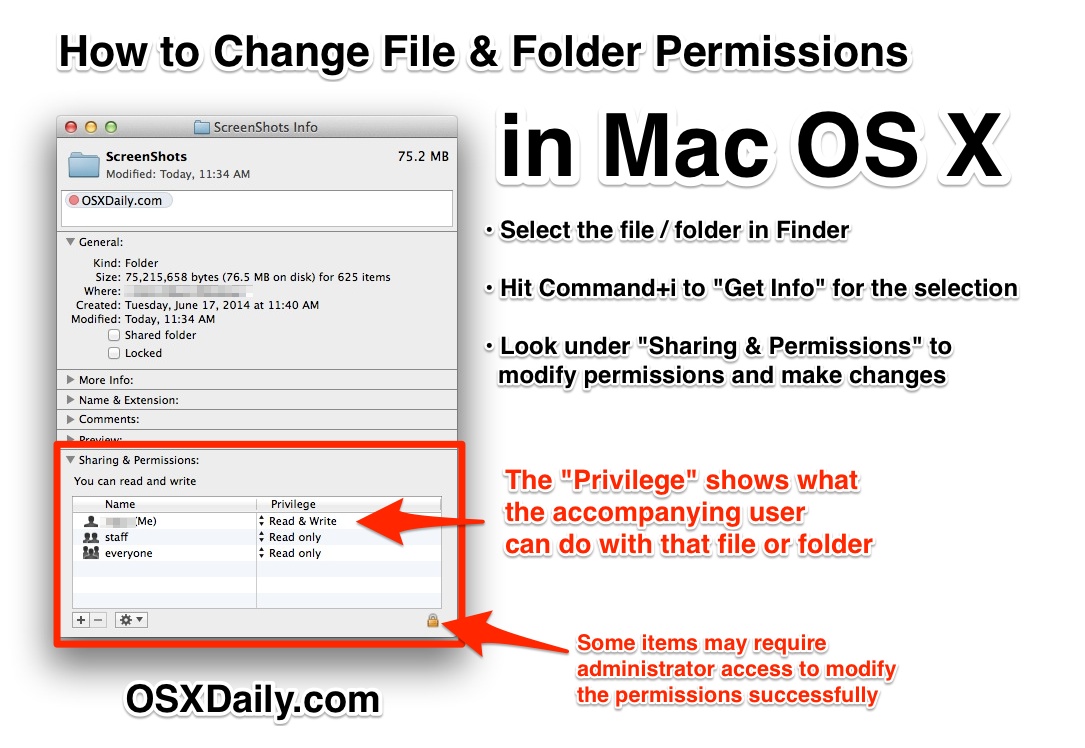- Timestamps For All Files In Directory Termial Macos 1
- Timestamps For All Files In Directory Termial Macos Windows 7
View Hidden Files and Folders: Now that you have accessed Terminal. Type or copy/paste the following commands into the Terminal window: “defaults write com.apple.finder AppleShowAllFiles TRUE” (This command tells the Finder to show all files, irrespective of the hidden flag setting ). Jul 18, 2018 This would give you a list of all the files present in the Trash of your Mac. The “a” in the command means that all files will be shown and the dot means that the Trash folder is a hidden folder. If you see your file there in the list then follow the following steps otherwise your file has been permanently deleted. Now to restore the.
 Clever. If you wanna wedge your current directory in there, an easy way would be via the backticks trick: 'find `pwd` -print wc -l'.
Clever. If you wanna wedge your current directory in there, an easy way would be via the backticks trick: 'find `pwd` -print wc -l'. The Unix shell is built around using a series of utilities that each do one small task, and do it very well. By plugging these together in pipes, as you've shown here, you use these commands as filters which, well, filter out the data stream that you send to them. Catalina office for mac 2011. Once you get used to it, you'll probably find yourself using these little tricks all the time.
As an example, one that I use all the time is to generate a list with 'grep', rearrange it with the 'sort' command, then use 'uniq -c' to count & collapse repeated lines, and one more 'sort' or 'sort -r' (reverse) to again rearrange the list, this time by frequency. Thus:
A line like that will parse over your Apache error log, find all '404 not found' hits, filter out the beginning of the line (assuming that we're not interested in dates here -- just the names of the missing files), then arranges the list into a useful order. I'd paste in a sample here if my logs were doing anything, but they're not (yet).
Timestamps For All Files In Directory Termial Macos 1
Another cool trick is conditional or short-circuit execution. Here, you use the command line's 'and' (&&) and 'or' ( ) operators to control command execution. Say for example you want to pat yourself on the back if you're having no 404 errors on your logs, and either way, mail a listing of the results you find. You could do it something like this:
Etc. These are kind of weak examples, but I hope they get the point across. You can check on the status of something, and depending on whether that status is 'true' or 'false', can conditionally take further action, all within one command.
Timestamps For All Files In Directory Termial Macos Windows 7
Another related trick, and the one mentioned up above, is to nest one command within another by use of the backtick trick. Here, you have one command -- say, one that formats the date for you, or gets a list of files matching a pattern, or whatever -- and then hand off the results of that command to another wrapper command. For example: Etc.